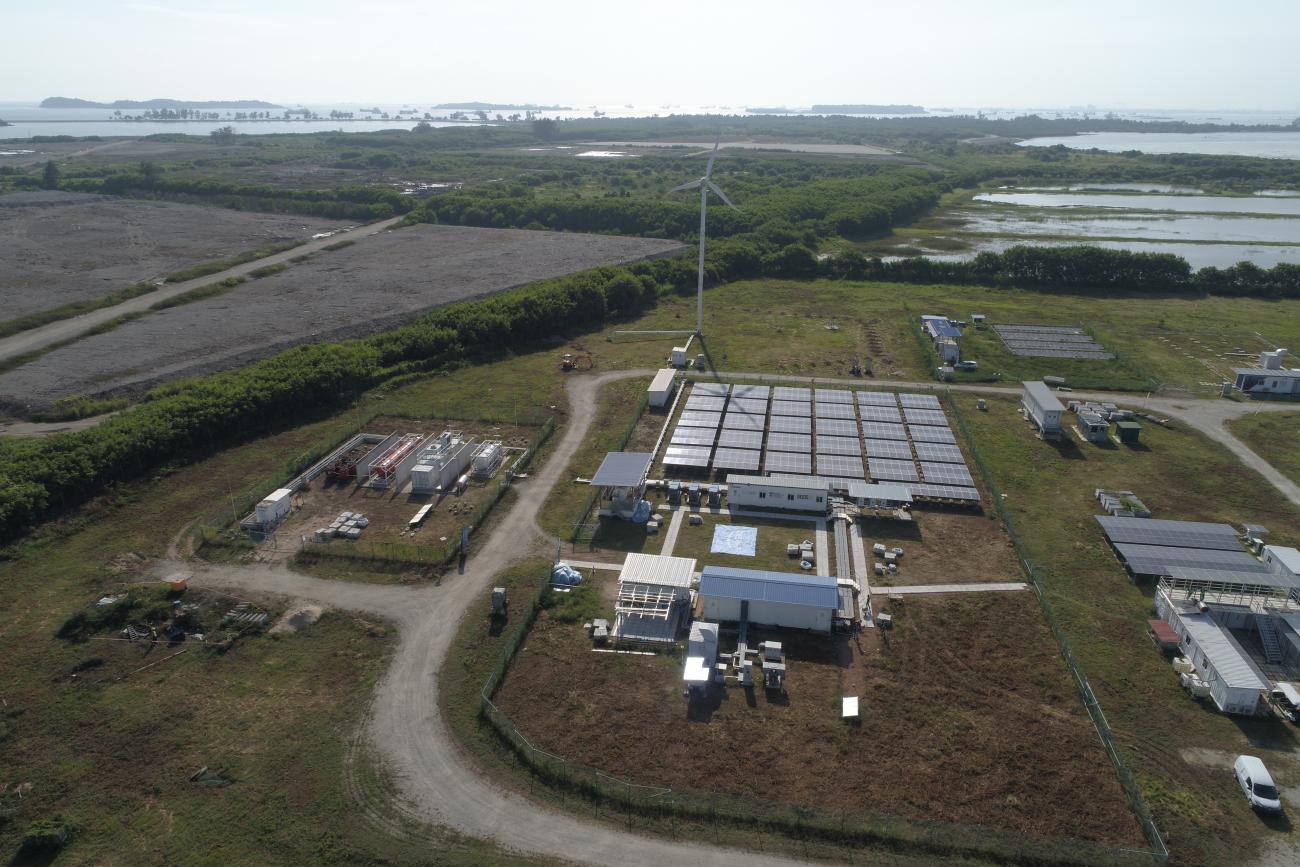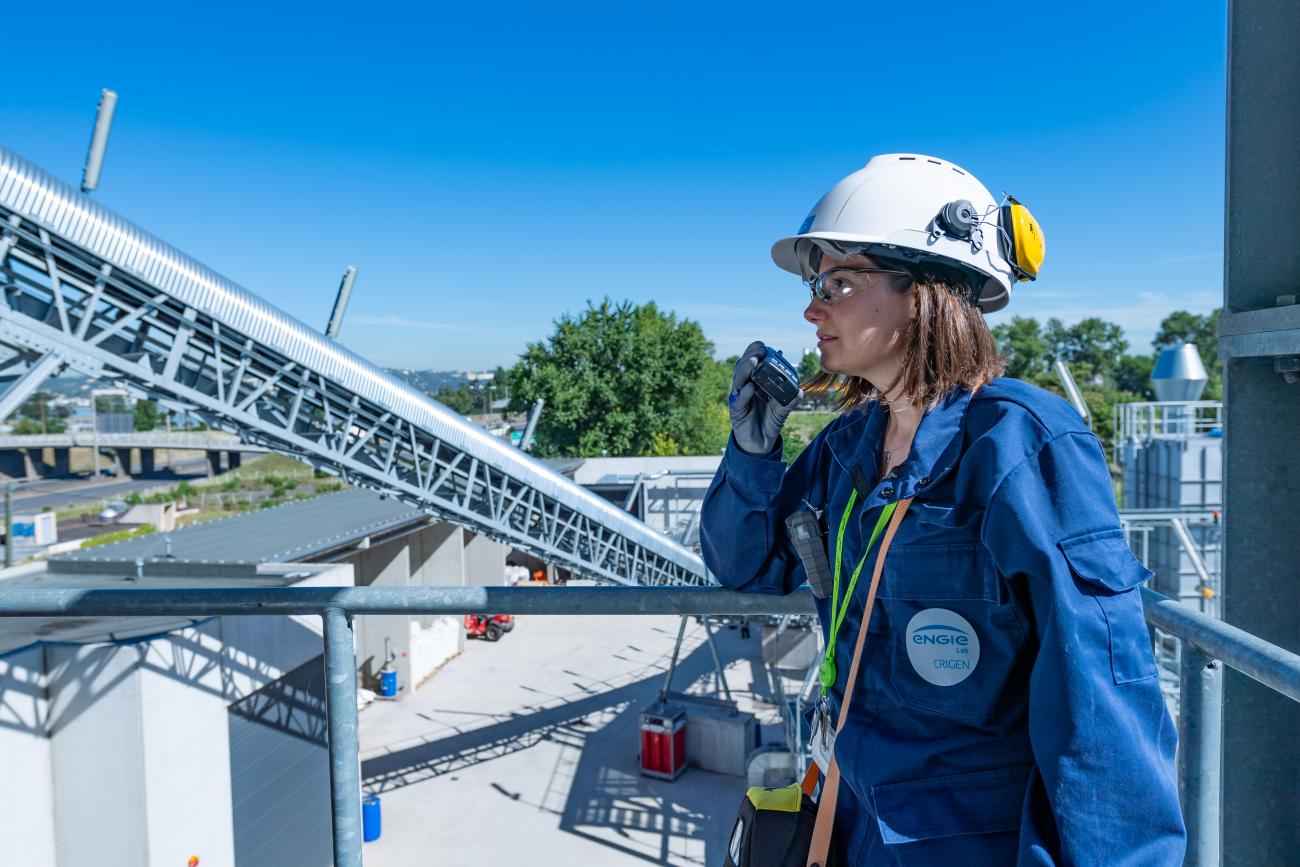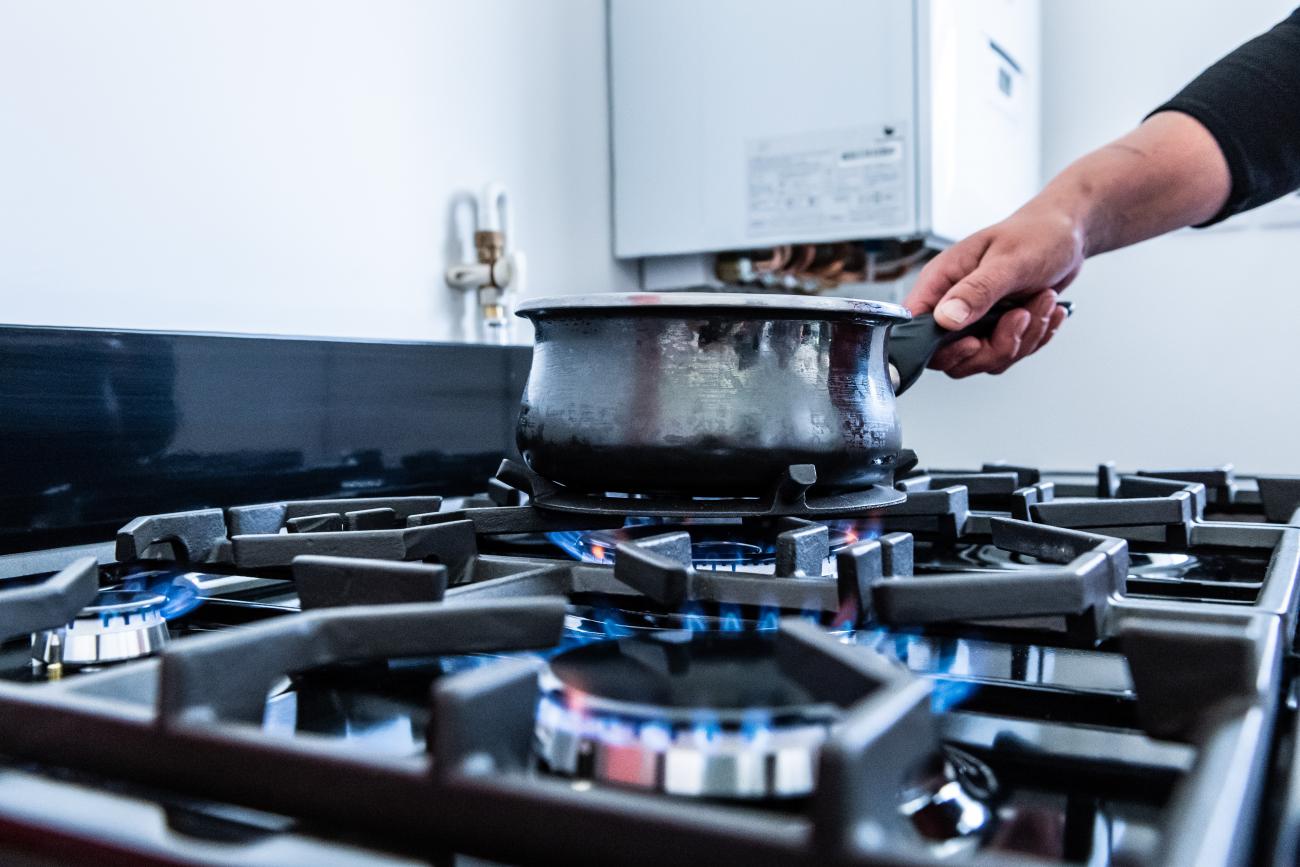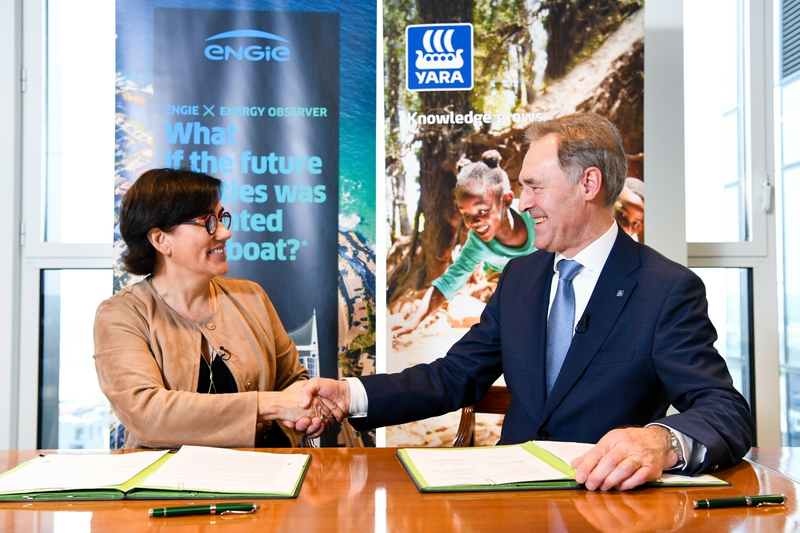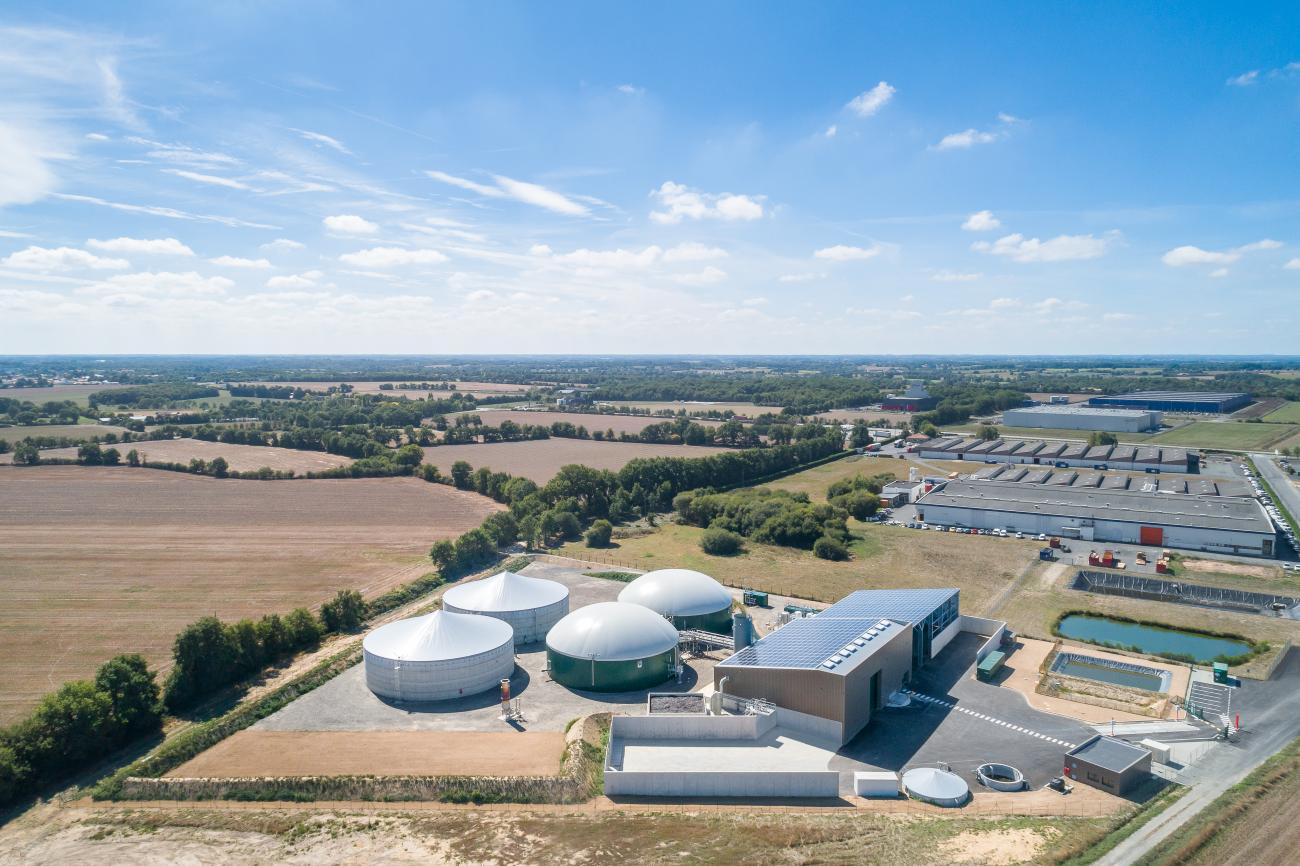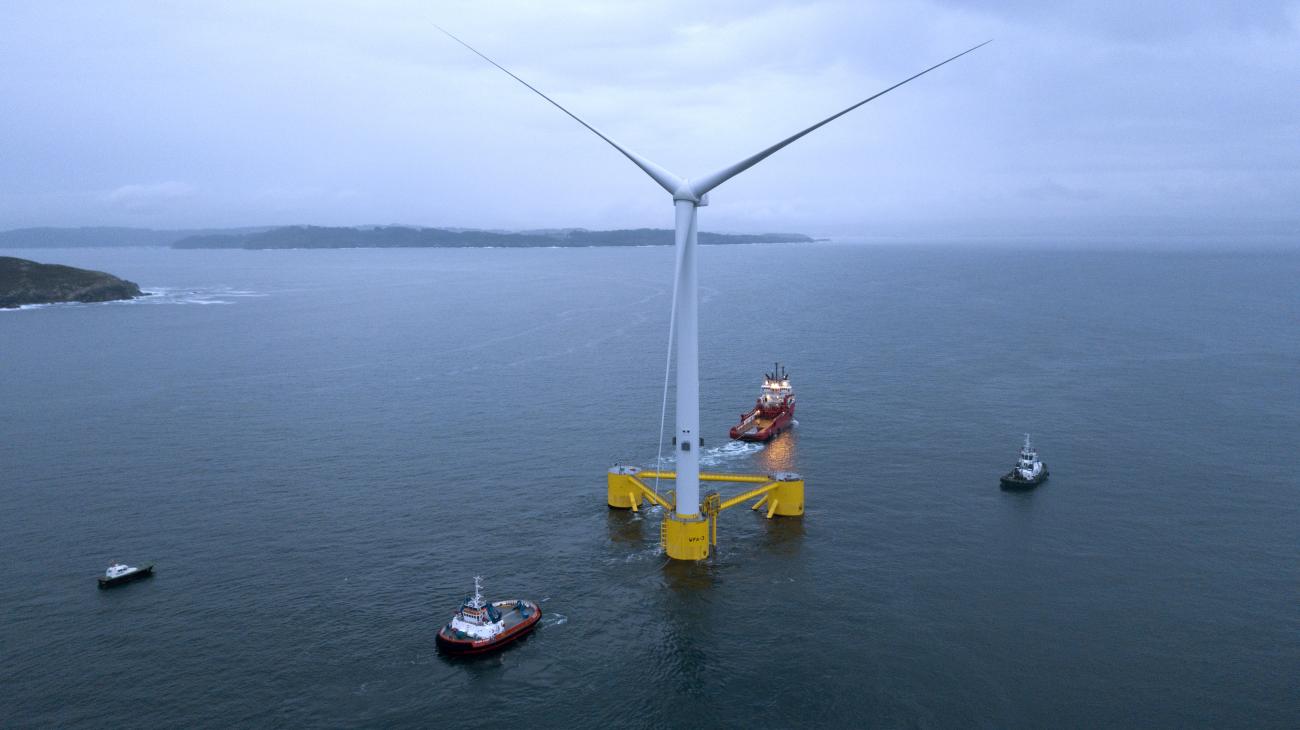Veuillez accepter les cookies "marketing" pour voir cette vidéo.
Where: Semakau island, off the coast of Singapore.
Key date: Inaugurated on 26 November 2020.
Target capacity: 650 kW of electricity produced by a multi-fluid micro-network.
ENGIE takes the lead: SPORE (Sustainable Powering of Off-grid Regions) is an open-air laboratory that tests innovative low-carbon solutions. SPORE is made up of a system of electrolyzers and fuel cells that converts solar and wind energy into hydrogen. This green gas can then be used to charge the fuel cell of a vehicle, or is re-injected into the grid in the form of electricity.

